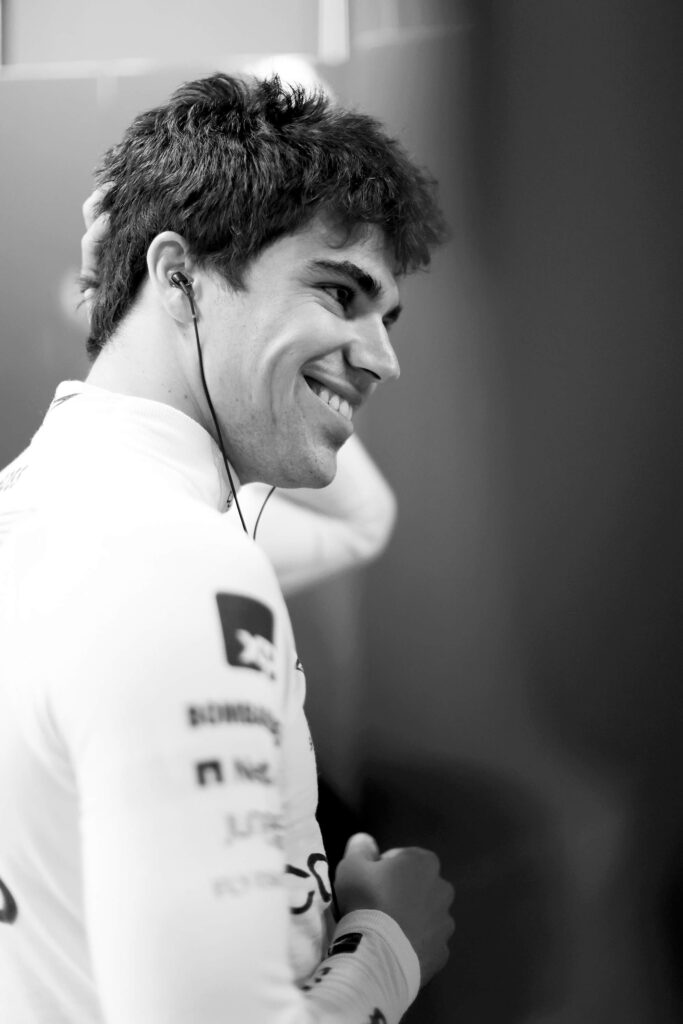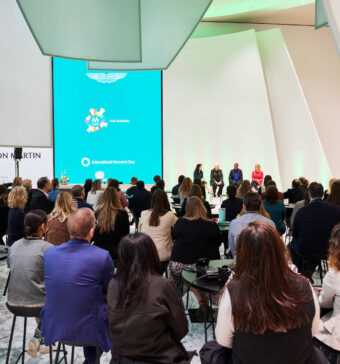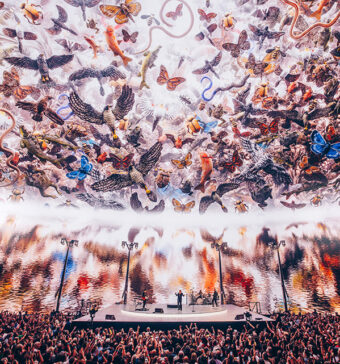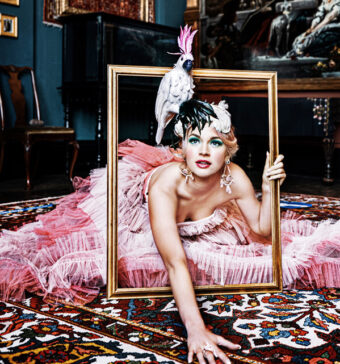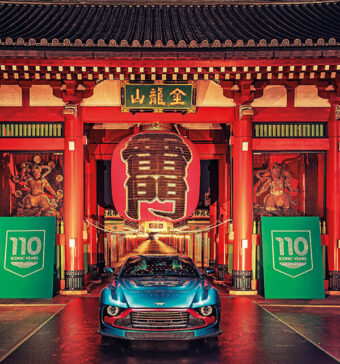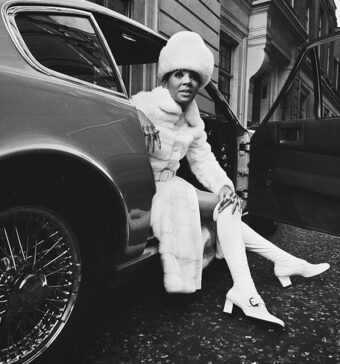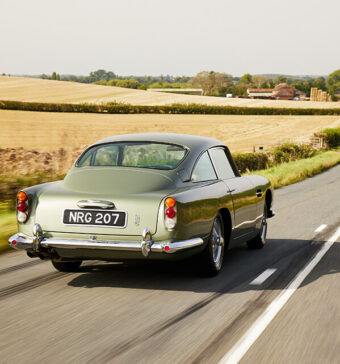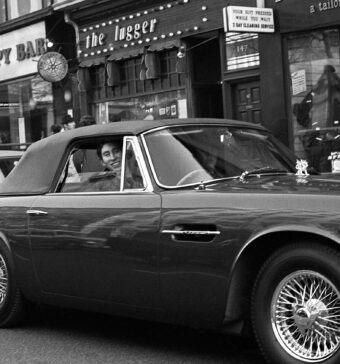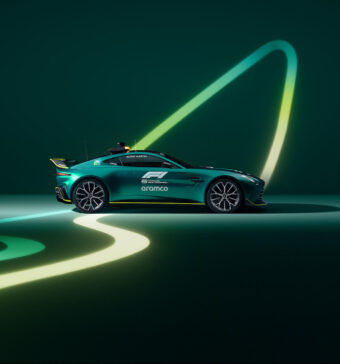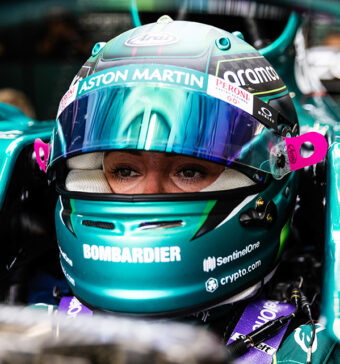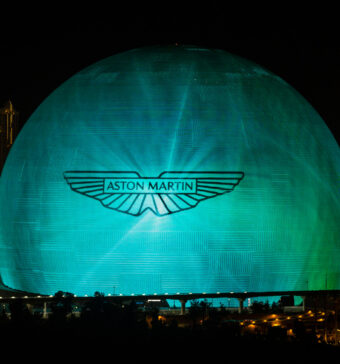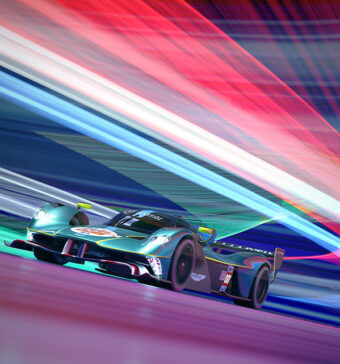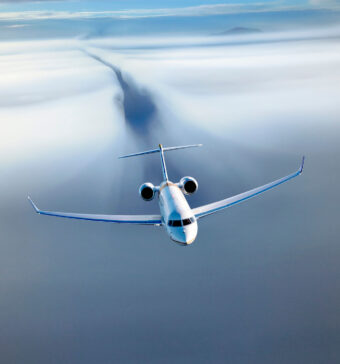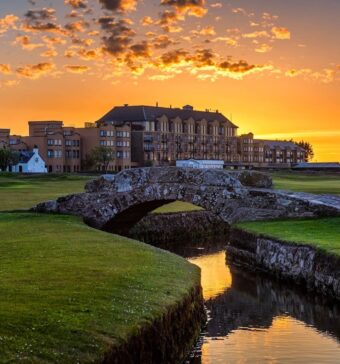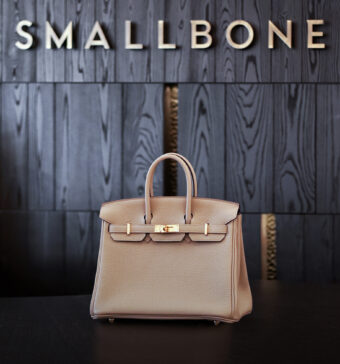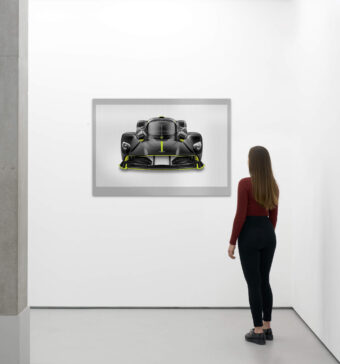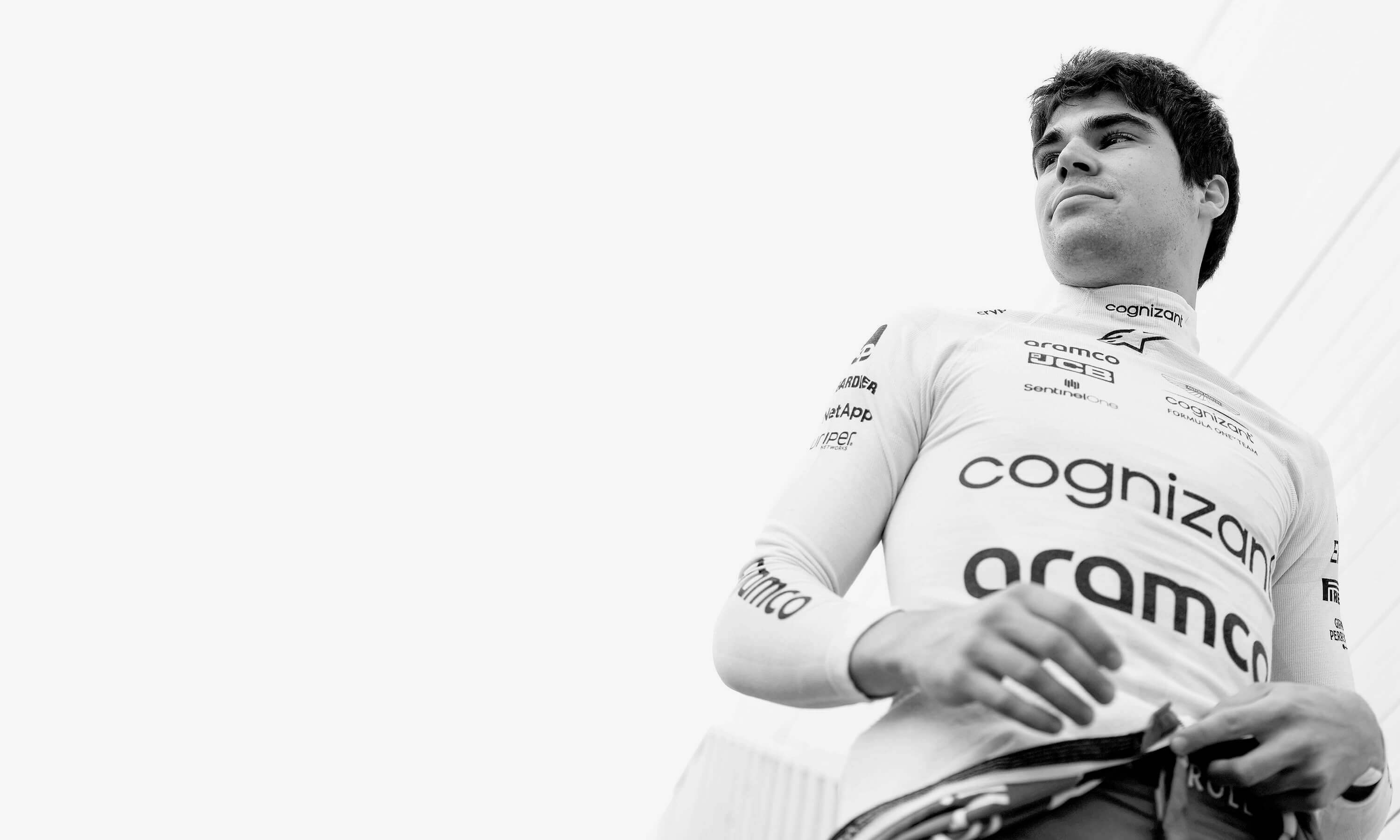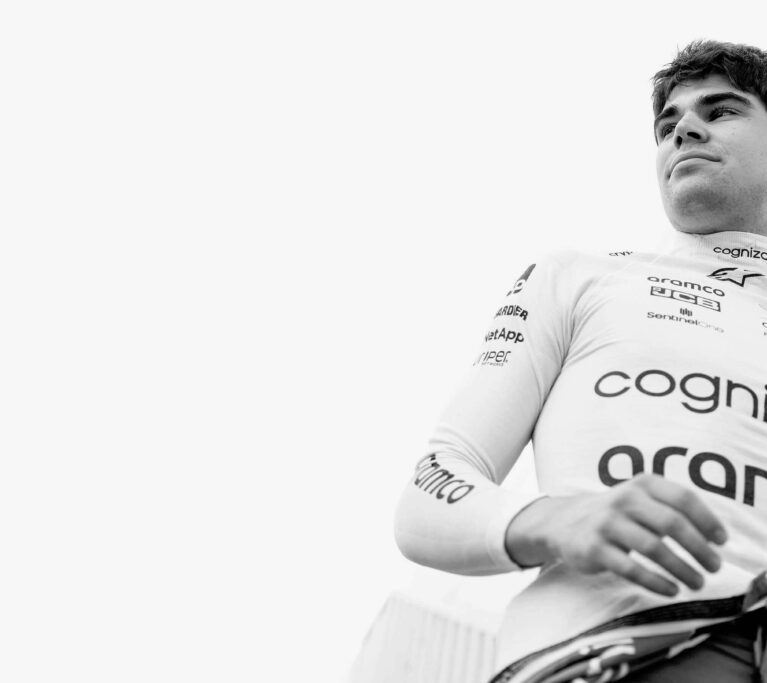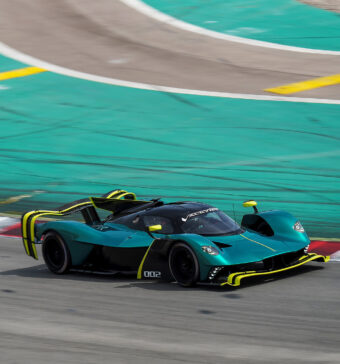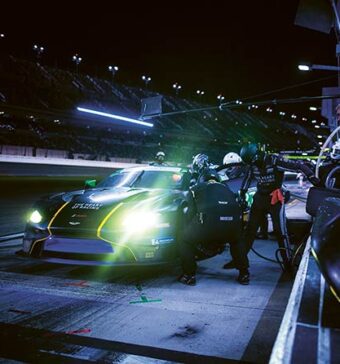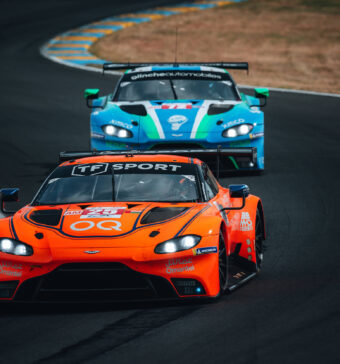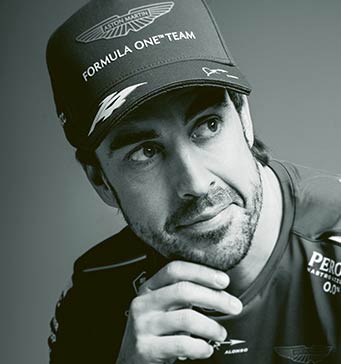Lance Stroll’s Formula 1® campaign looked like it might be over before it had even begun, with a mouthful of dirt and searing pain in his extremities. Pedalling near Malaga, the Canadian had come off his mountain bike just five days ahead of F1’s pre-season test and two weeks before the 2023 championship kicked off in Bahrain. A countdown had started: Could he mend in time? The odds were against him.
“I ate it pretty good,” says Lance of the fall. “I was at a training camp in Spain and I was on just a casual ride with a friend and my trainer. I unexpectedly hit a ditch in the road and went flying off the bike. I knew right away that my wrists were broken, and sure enough, the X-rays revealed fractures to both wrists, and also my left hand and my right toe, and a dislocation to the right wrist. It was shitty timing.”
Forty-eight hours later, in Barcelona, the Aston Martin racer underwent surgery on his right wrist. The medical team at the Hospital Universitari Dexeus knew they had a patient with a deadline: Lance had to be on the grid at the circuit in Sakhir in 12 days, and he needed to be able to handle a bucking and sliding Grand Prix™ machine at 200mph and 4G through the bends. To do so would require equal parts science and resilience.
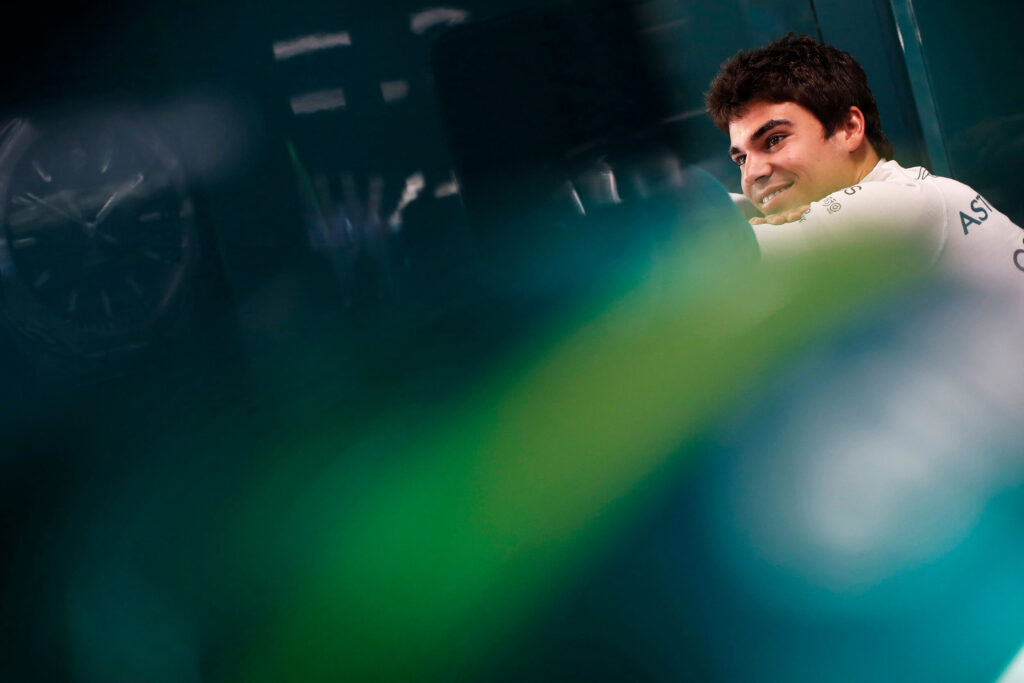
The surgery was carried out by a hand trauma specialist who has treated many MotoGP riders, including Dani Pedrosa, Marc Márquez and Jorge Lorenzo. “He was a big help,” Lance tells me four months later, fully fixed. “We were all very committed and focused on me getting in the car as quickly as possible. I’d found an incredible medical team and a great osteopath. But the odds were against us. At first, progress was slow. It was quite depressing, to be honest. But once the cast came off on day four, things started to improve. Each day, it
got better. The doctor showed me evidence of bone healing, and that was my motivation.” Rehab required hard work and persistence. “It became my full-time job, doing everything I could to heal, even if it was by 0.5 per cent.”
Miraculously, he was cleared to race at the curtain raiser, but the struggle didn’t end there; he remained extremely sore. “Pain was definitely a part of it. I tried to put it out of my mind, focused on driving the car and finding ways around the pain, both mentally and through things like hand positioning on the wheel. It was mostly mind over matter.”
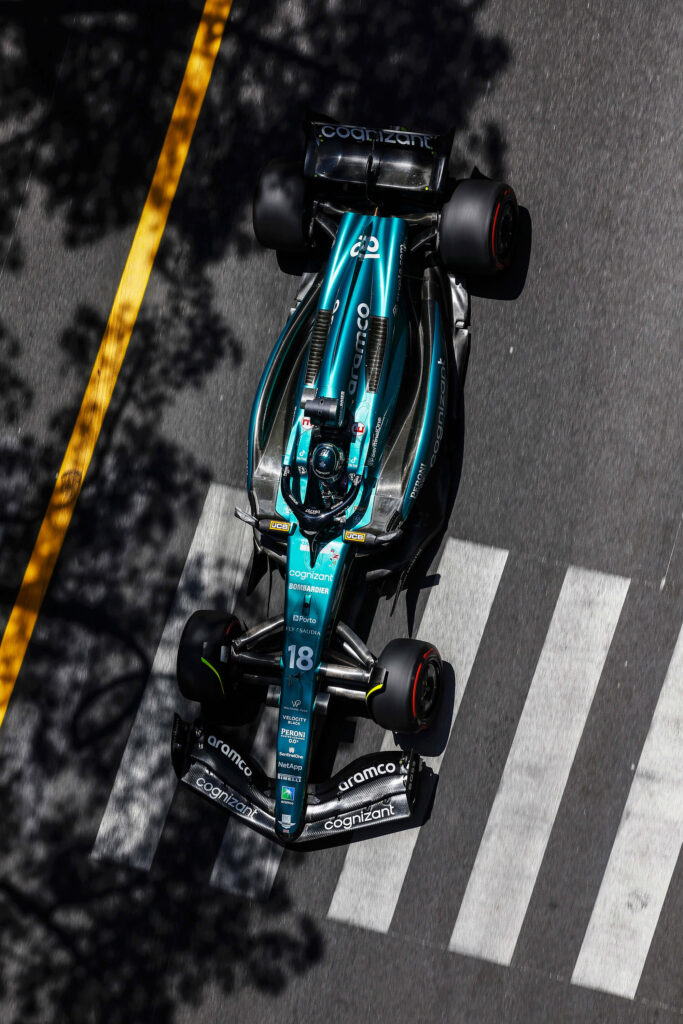
His new team mate, Fernando Alonso, finished the opening round on the podium, but Stroll’s result of P8 in qualifying and P6 in the race was arguably an even more impressive feat. “Just making it to Bahrain felt like a win of sorts, and to get a result was pretty cool. But the pain lasted for months.” He had to clench his teeth in Jeddah, Melbourne – where he finished fourth – and Baku too. “The first race I didn’t really have any discomfort was Miami.”
It’s always fairly pointless to play ‘what if’, but given the AMR23’s prodigious speed, might Lance have scored more points in the first four rounds were it not for the bicycle crash? “That’s hard to answer. I missed the pre-season test, which lost me 200+ laps in the new car. That’s sub-optimal. So, the easy answer is yes, and that was probably costlier than the injuries themselves. But I think I got the maximum out of myself in those opening rounds, so I’m not thinking ‘what if’. These things happen and I’ve been dealing with it, working around it.”
Despite being only 24, this is Lance’s seventh year racing in Formula 1. He came through karting and the junior Formula E alongside familiar names, such as George Russell, Charles Leclerc, Max Verstappen and Esteban Ocon. Aged 12, he moved from his native Montreal to Switzerland with his family for eight years, with the sole purpose of pursuing his F1 dream. At first, he was predominantly racing in Italy, and then all over Europe. Following victory in the Italian F4 championship in 2014 and the New Zealand-based Toyota Racing Series in 2015, he took the highly competitive FIA Formula 3 European title in 2016 and the following year was in F1, racing for Williams aged just 18. It was, he concedes, “a huge jump in terms of car performance, but also a shock out of the car, having the media in my face and hundreds of thousands of fans at the circuit. But to date, it’s been an incredible experience. I’m constantly pushing myself, working on my craft to become a better driver.”
Since his 2017 debut, he’s scored three podiums and a pole position, and he led the 2020 Turkish Grand Prix™ in tricky conditions for 32 laps. Now, finally, he has a car which can consistently challenge for the top six places.
Perhaps due to his privileged background, it took some in the paddock by surprise that Lance is as tough as nails; having been knocked into a ditch with a mangled mountain bike, to get back up again as quickly and determinedly as he did. But this wasn’t the first time he’d raced with broken bones. At a time when he was dominating Italian F4 – seven victories and five second places from 15 races – Lance smashed his ribs. “I broke them driving go-karts for fun, and I had to win my F4 championship and there were two weekends left. So I raced with fractured ribs, and that was really painful. In our sport, you’re often
fighting adversity in many different ways.”
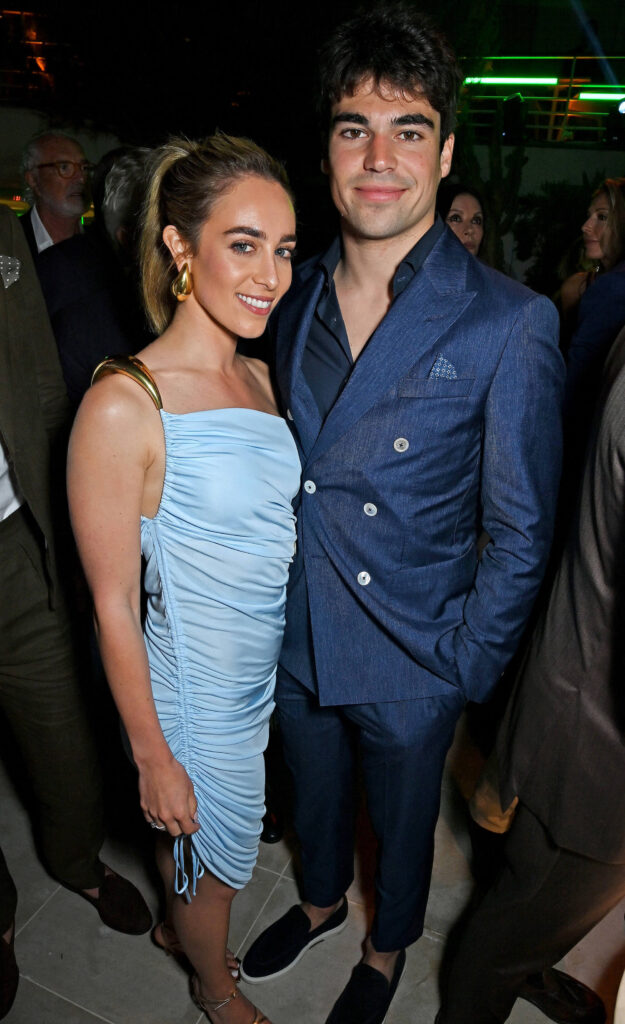
Does he have a higher pain barrier than the norm? “Growing up, I was always injured or hurt, messing around or doing sports. That’s just been a part of growing up for me. If you’re an active person, training a lot and playing a lot of sports, you’re always going to be dealing with bumps and scratches. It’s just part of waking up in the morning.” He’s always been an adrenalin junkie. “I played a lot of [ice] hockey as a kid. I spend a lot of time in the mountains, snowboarding and skiing. That always comes with bruises. I think that’s definitely helped give me a thicker skin.” Often that thick skin comes in handy. Lance’s father, Lawrence Stroll, has supported his son’s racing career since he was five and is the owner of the Aston Martin Aramco Cognizant Formula One® Team. Lance often gets labelled with the N word – nepotism. Does he feel underestimated as a result?
“I think because of my background and where I come from, some people maybe don’t give me the credit I’m due. I’ve recognised that over the years, and try not to pay too much attention to it because it’s negative energy. I have a small circle, including the engineers in the team, friends and family; they see the real picture. Those are the people that I listen to. I know inside when I’ve done a good job. I’m the first one to be hard on myself when I don’t do well. Too hard, sometimes. For me, there’s no better feeling than putting it together on a Saturday and delivering it on a Sunday. Weekends like that are the best feeling in the world. It’s not easy in Formula 1, but that feeling of satisfaction is what drives me.”
